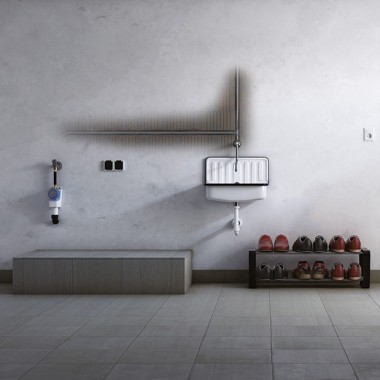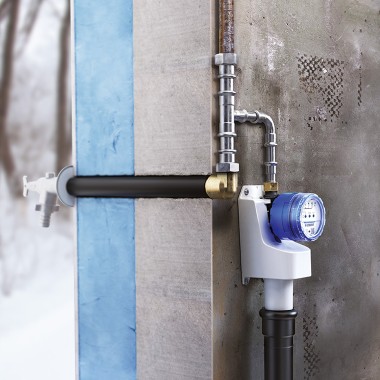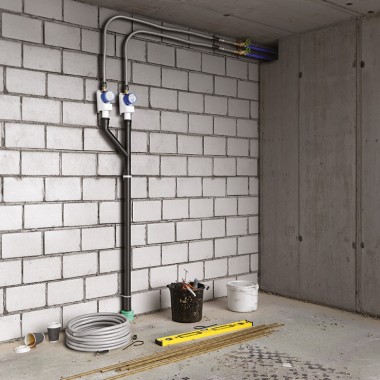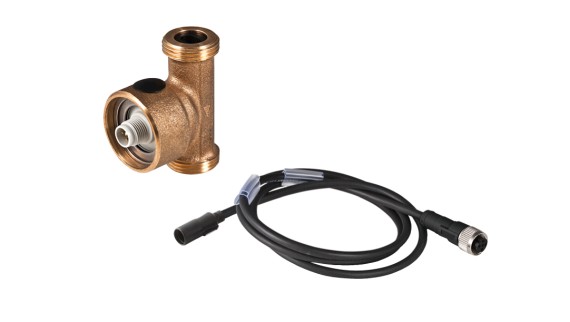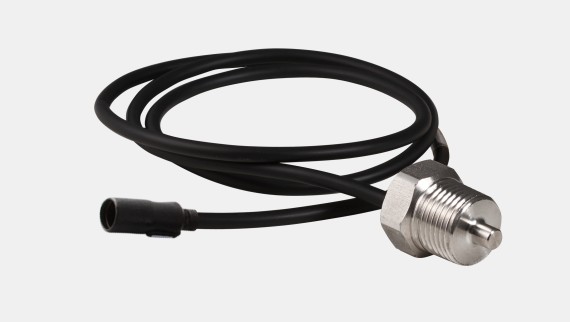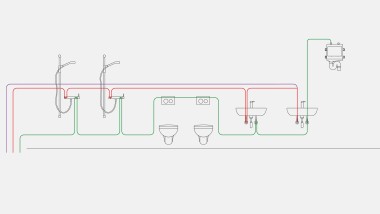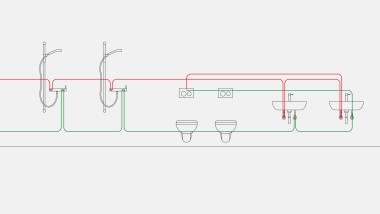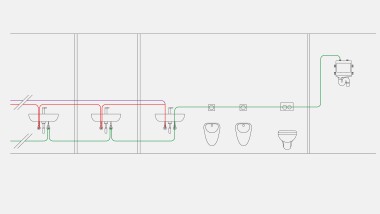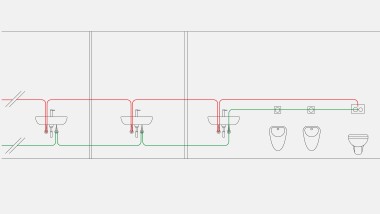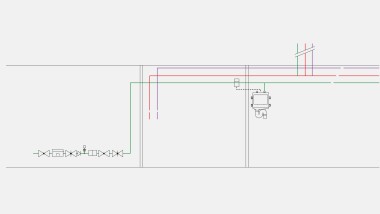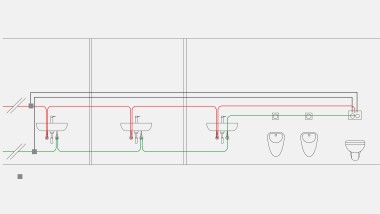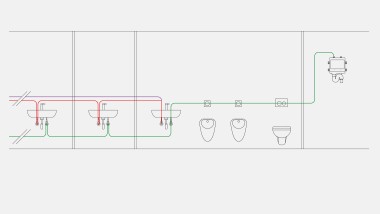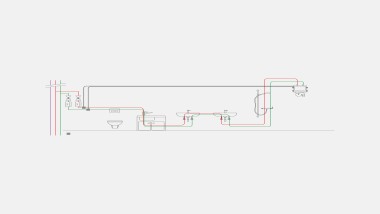Drinking water hygiene with GeberitSafely prevent stagnation
- Drinking water hygiene with Geberit
- Stringent checks
- Underestimated risk: legionella and pseudomonas
- Accurate measurement of legionella growth
- The temperature-dependent flush interval
- All aspects at a glance
- For fresh drinking water that is always well received
- The solution for new and existing buildings
- Geberit products for drinking water hygiene
- Flushing programmes for every operating situation
- Operation with Geberit SetApp
- Video
- All the technical information for the Geberit Sanitary Flush
Our drinking water is not sterile; it contains microorganisms that form biofilms. These do not normally pose any problems or affect the quality of the drinking water. A stable ecosystem even seems to have a positive effect on water quality. Nevertheless, biofilms can also form a breeding ground for germs that are hazardous to health.
Stringent checks
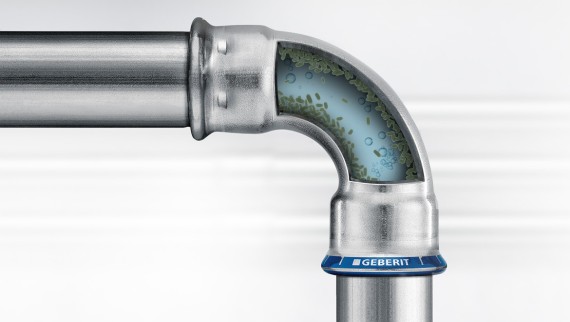
Water is a natural source of nutrition and, depending on the topographical location and geological availability, it can be obtained from a wide variety of sources.
Water suppliers continuously monitor our drinking water for chemical, microbiological and other indicator parameters such as odour and colour – and it is the world’s most strictly regulated source of nutrition.
Suppliers have to ensure that our drinking water provided through the domestic water supply is of high quality and will not pose any threat to health – and that’s how it should stay.
Underestimated risk: legionella and pseudomonas
Anyone inhaling legionella can be infected. This can happen anywhere that polluted water droplets enter the air as aerosols; for instance, under the shower or on taps.
Legionnaires’ disease can trigger pneumonia. However, it is often not identified as the cause of illness. For that reason, the estimated number of unreported cases is high and the significance of the disease is underestimated. The same is true of pseudomonas, which can trigger gangrene and develop resistance to antibiotics.
Accurate measurement of legionella growth
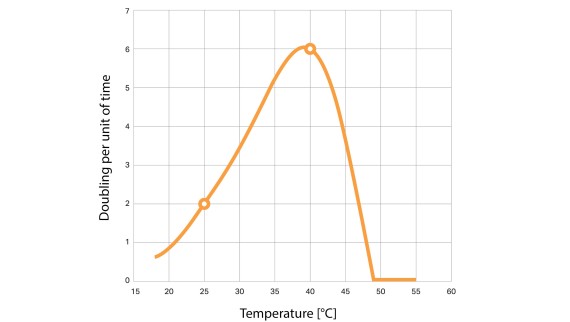
Working on behalf of Geberit, Prof. Dr. Hubert Hilbi and his research group at the University of Zurich have been systematically investigating legionella growth.
The proliferation of legionella increases with increasing temperature up to a maximum point. At 40°C, legionella double around three times more frequently per time unit than at 25°C. Instead of doubling twice from 1 to 4 at 25°C, the legionella double six times from 1 to 64 at 40°C.
VDI 6023-1 requires a complete water replacement every 72 hours and cold water temperatures not exceeding 25°C after 3 litres have been drained (orange line in the graphic). In practice, however, it is not always possible to avoid temperatures in the critical range.
The temperature-dependent flush interval
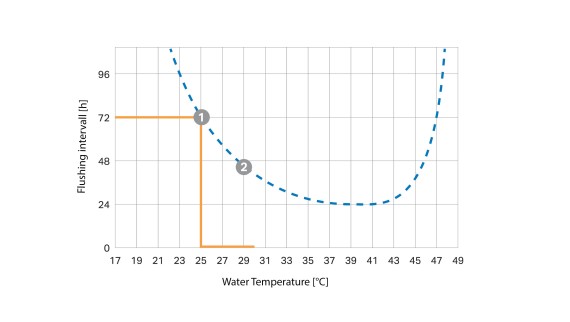
A temperature-dependent flush interval (blue dashed curve) can be calculated based on the measured multiplication rates. In accordance with VDI 6023-1, it is assumed that a flush interval of 72 hours is sufficient at 25°C. For higher temperatures, the flush interval is calculated in such a way that the legionella can multiply equally frequently during this time. This results, for example, in a flush interval of 46 h at 29°C. In this way, an increased risk of contamination can be avoided even if the cold water temperatures cannot. Also, according to a research report by the DVGW, short-term temperature increases to over 25°C do not immediately lead to high legionella findings
All aspects at a glance
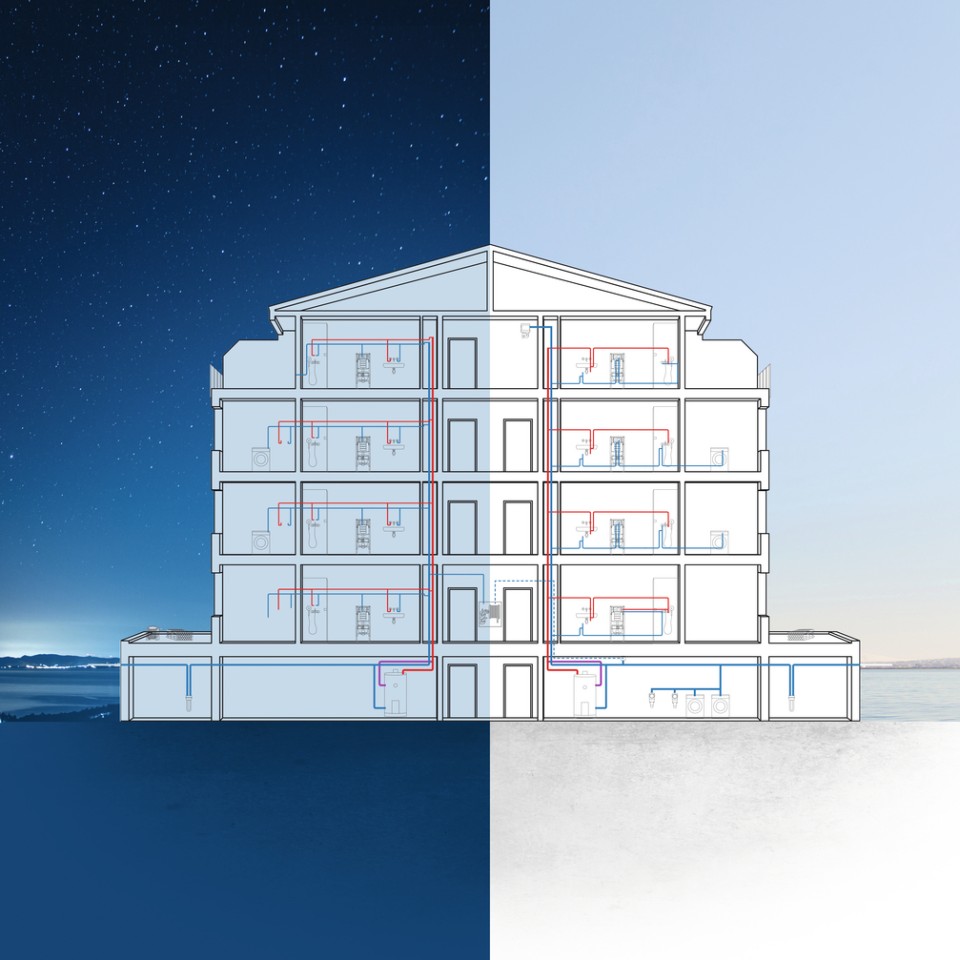
For fresh drinking water that is always well received
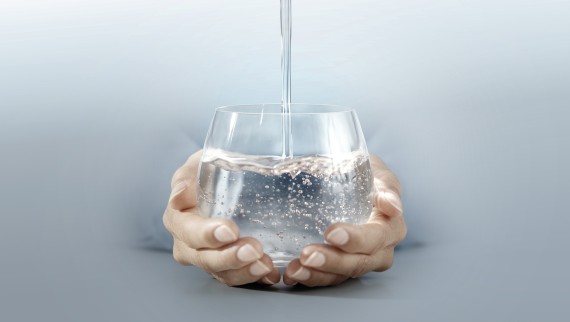
When it comes to creating an efficient concept for hygiene management in buildings, Geberit offers a comprehensive solution that really does tick all the boxes.
The aim: To offer customised solutions to maintain the drinking water quality in every sanitary installation and for every type and frequency of use.
More information about Geberit Hygiene System
The solution for new and existing buildings
The solution for new buildings
When drinking water safety is at great risk
Existing buildings
Geberit products for drinking water hygiene
Geberit sanitary flush Rapid
Flexible solution
- Compact dimensions
- Battery enables mains-independent operation
- Trap easy to clean
- Operation possible without trap, e.g. in the case of drainage into the cistern
- Flush intervals can be set easily and intuitively
- Easy installation, easy removal, can be reused multiple times
Flushing programmes for every operating situation
Interval flush mode
Time flush mode
Temperature flush mode
Volume flush mode
Consumption flush mode
Operation with Geberit SetApp
The Geberit sanitary flush and Geberit sanitary flush integrated in the concealed cistern can conveniently be set via smartphone and the Geberit SetApp.
Link for downloading:
Standards and laws
Guaranteeing drinking water quality in domestic installations is the subject of various ordinances and standards. At a European level, Directive 98/83/EC governs the quality of water for human consumption. Sanitary engineers, plumbers and operators are safe from a legal perspective if they observe directives like this and comply with country-specific regulations.
